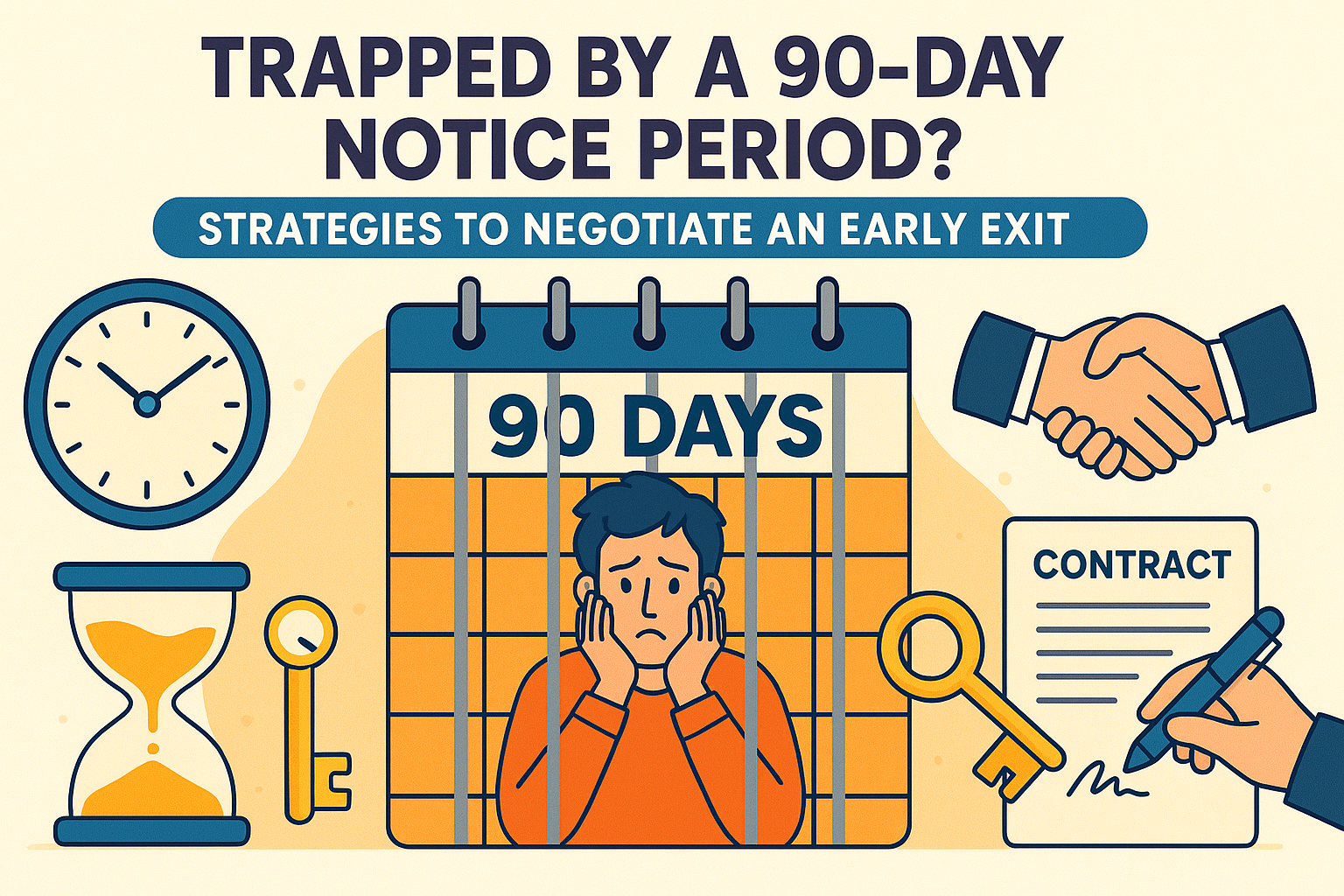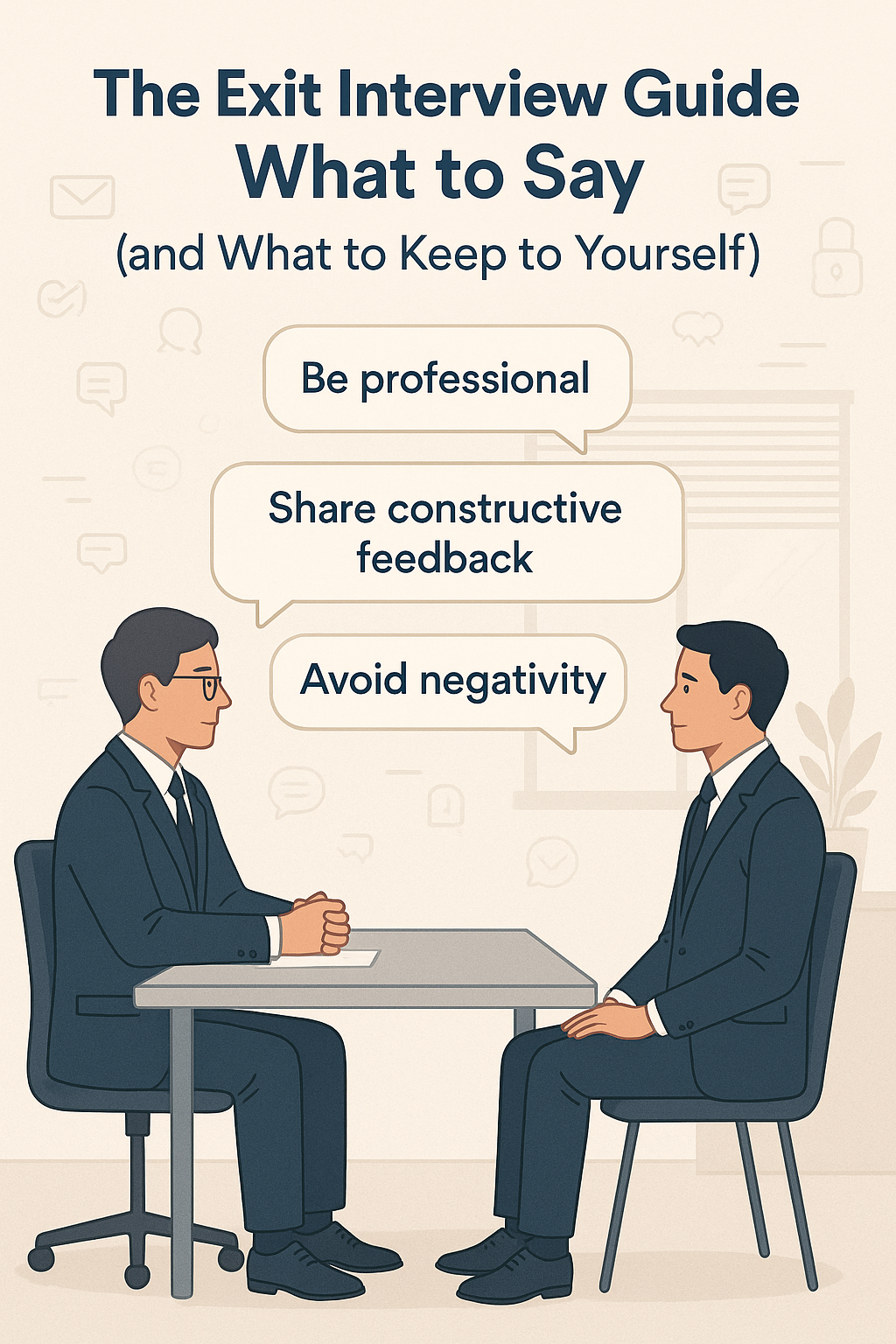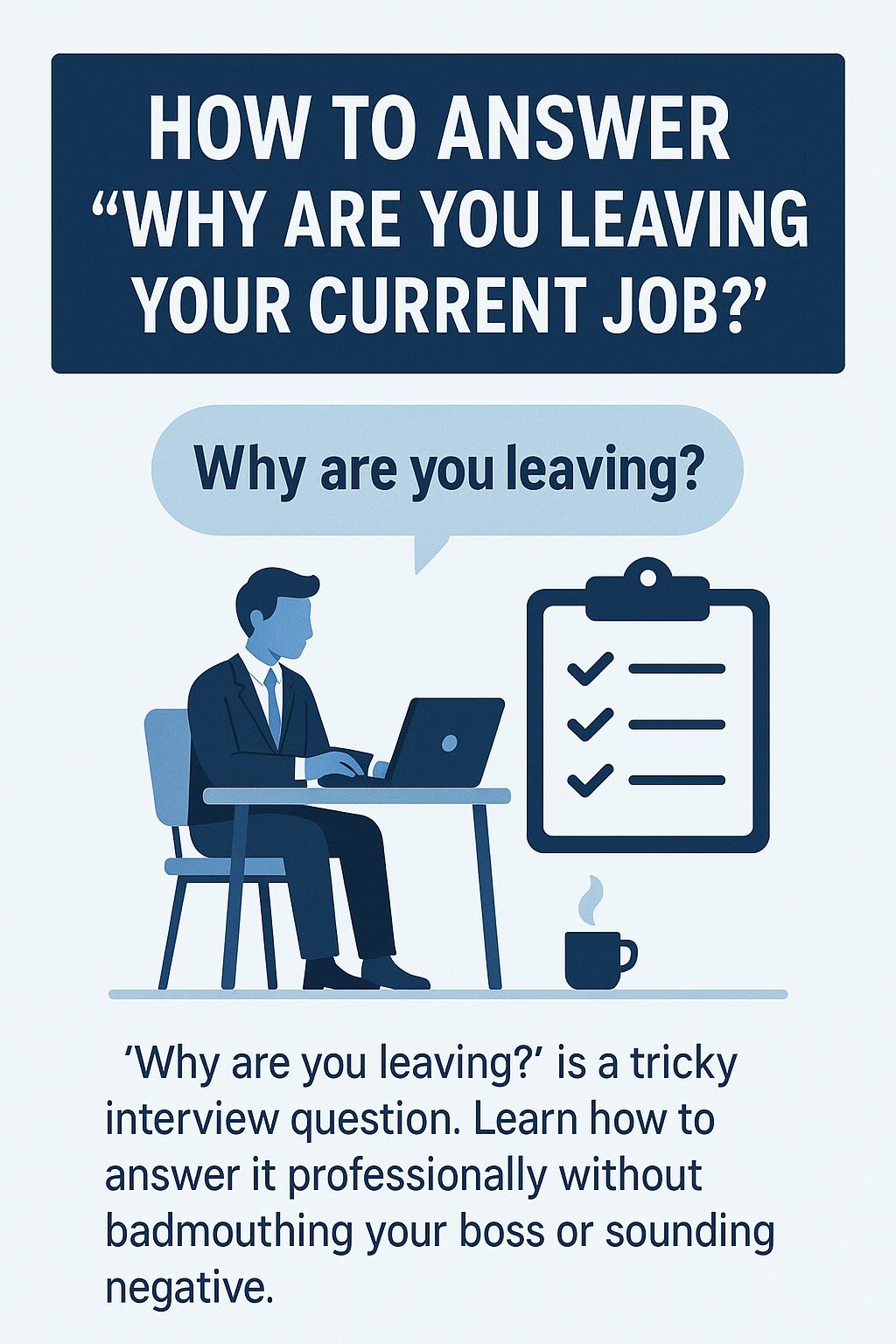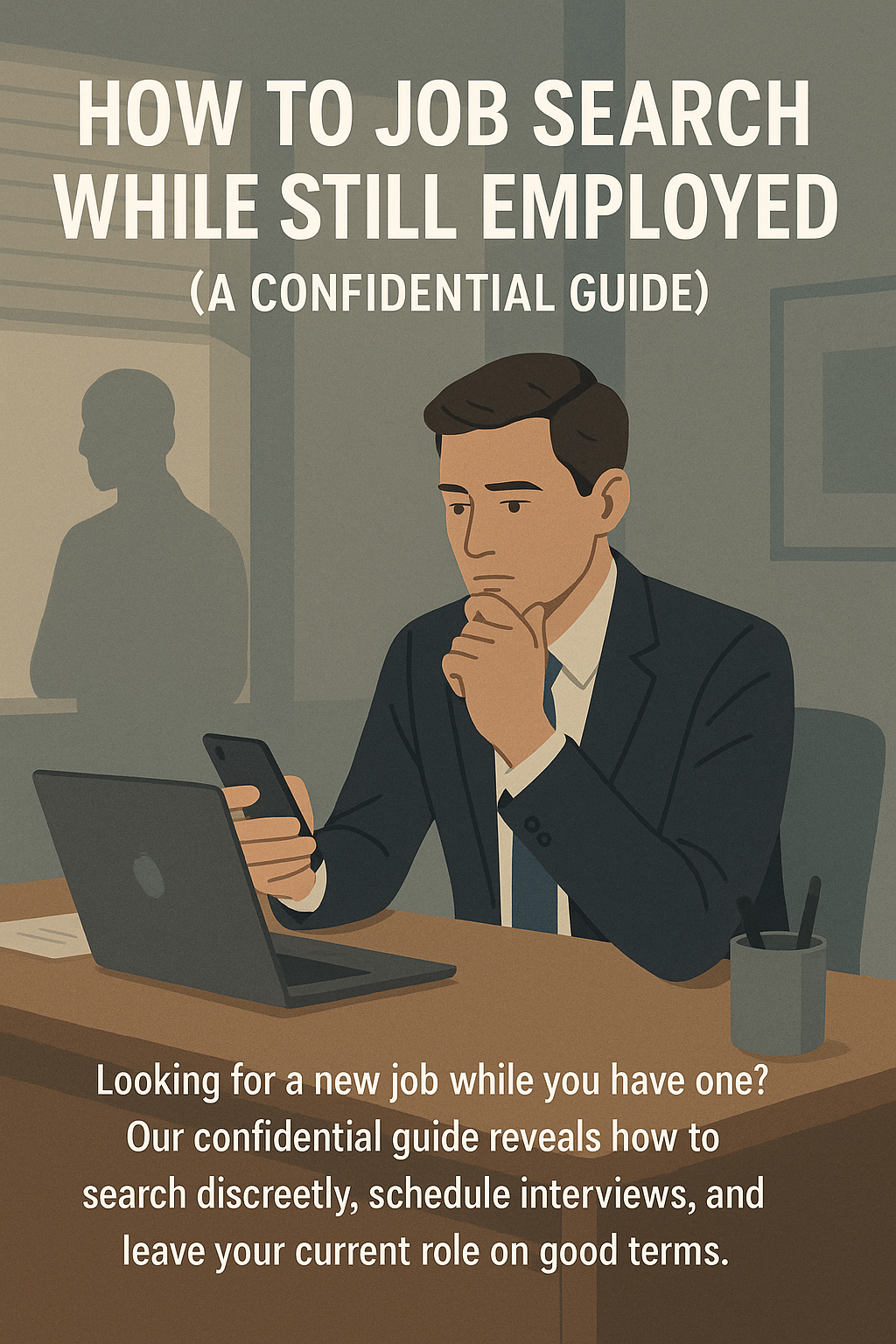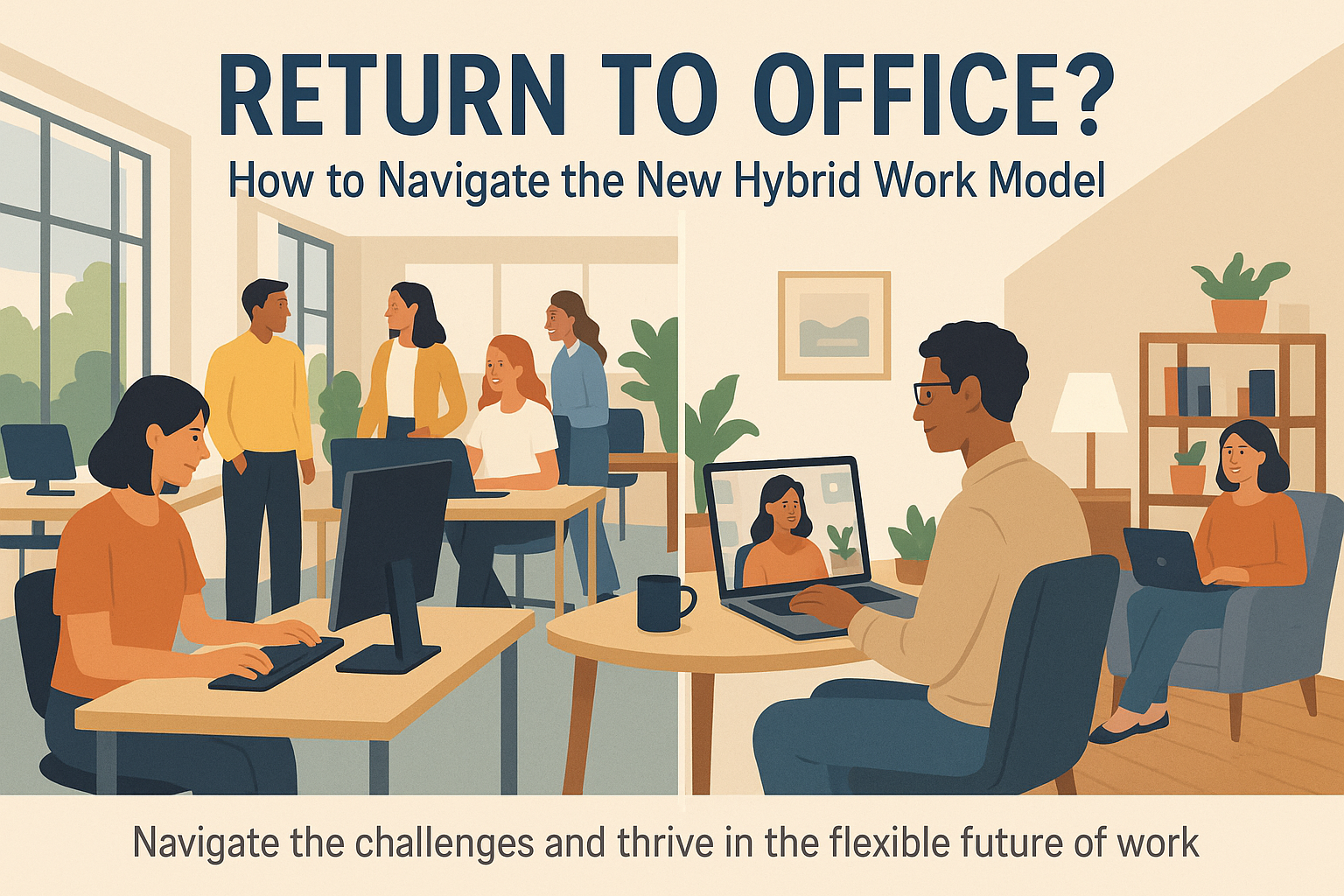
Return to Office? How to Navigate the New Hybrid Work Model
For the past few years, the world of work has been part of a massive, unprecedented experiment. The global shift to remote work forced companies and employees alike to adapt to a new reality, one where the daily commute was replaced by a login, and the corner office was replaced by the kitchen table. Many professionals discovered a newfound sense of autonomy, flexibility, and work-life balance that they are now reluctant to give up. However, as the world has settled into a new normal, a new phrase has entered the corporate lexicon and is causing a fresh wave of uncertainty and anxiety: "Return to Office," or RTO.
Companies across India and the globe are grappling with a critical decision: should they bring everyone back to the office full-time, remain fully remote, or embrace a middle path? For a vast majority, the answer has been the Hybrid Work Model. This model, a blend of in-office and remote work, is being positioned as the best of both worlds. It promises the flexibility and autonomy of working from home combined with the collaboration, culture, and camaraderie of being in the office. On paper, it sounds like the perfect solution.
In reality, the transition to a hybrid model is proving to be one of the most complex and challenging operational shifts in modern corporate history. It's a new frontier, and both employees and managers are navigating it without a clear map. As an employee, you are likely facing a host of new questions and anxieties. What does the RTO policy mean for your daily routine? How will you maintain your productivity when your team is split between the office and home? How do you ensure you get the same opportunities for growth and visibility as your colleagues who are in the office more often? Will the flexibility you've come to value be lost?
Navigating this new hybrid landscape requires a new set of skills, a new mindset, and a proactive approach to managing your career. It's not just about showing up to the office a few days a week; it's about learning how to thrive in a fluid, dynamic, and partially asynchronous work environment. This guide is designed to be your playbook for the hybrid world. We will explore the key challenges, provide practical strategies for success, and help you turn the uncertainty of the RTO into an opportunity for professional growth.
Understanding the Hybrid Landscape: Not All Models are Created Equal
The first step is to understand that "hybrid work" is not a single, monolithic concept. Companies are implementing it in a variety of ways, and the specific model your company chooses will have a huge impact on your daily experience.
- The At-Will Model: This model offers the most flexibility. Employees can choose which days they come into the office and which days they work from home, based on their tasks and preferences.
- The Fixed Schedule Model: In this model, the company dictates the specific days that employees must be in the office (e.g., "everyone must be in the office on Tuesdays, Wednesdays, and Thursdays"). This is designed to maximize in-person collaboration.
- The Office-First, Remote-Allowed Model: This model prioritizes in-office work but allows for remote work on a case-by-case basis or for a limited number of days per month. The underlying culture in these companies often still favors those who are physically present.
It is crucial that you get absolute clarity on which model your company is adopting. Read the official return to office policy carefully. Understand the expectations around your in-office days. This knowledge is the foundation upon which you will build your personal strategy for success.
The Challenges of the Hybrid World: Proximity Bias and Communication Gaps
While the hybrid model offers many benefits, it also introduces a new set of challenges that did not exist in a fully remote or a fully in-office world.
The Biggest Threat: Proximity Bias
This is the single most significant risk to your career in a hybrid model. Proximity bias is the natural human tendency to give preferential treatment to the people we see and interact with most often. In a hybrid setting, this means that managers may unconsciously favor the employees who are physically in the office more frequently. These employees might get the more interesting projects, more spontaneous mentorship opportunities, and more consideration for promotions, simply because they are more visible. Out of sight, out of mind is a real and dangerous phenomenon in the hybrid workplace.
The Communication Conundrum
When half your team is in a conference room and the other half is dialing in from home, communication can become incredibly difficult. Remote employees can feel left out of the informal "pre-meeting" and "post-meeting" chats where key decisions are often made. Spontaneous brainstorming sessions that happen at a whiteboard in the office can leave remote team members completely out of the loop. This can lead to information silos, misunderstandings, and a feeling of being a "second-class citizen" for those working from home.
Your Strategy for Success: How to Thrive in a Hybrid Model
Navigating these challenges requires a conscious and proactive effort. You cannot simply show up on your designated days and hope for the best. You need a personal strategy to maximize your effectiveness and visibility, regardless of your location.
1. Be Intentional and Strategic with Your Office Days
Don't just go to the office because the policy says you have to. Treat your in-office days as a strategic resource. * Coordinate with Your Team: Talk to your manager and your key collaborators. Try to align your in-office days with theirs. The primary benefit of being in the office is collaboration and relationship-building, so maximize it. * Schedule High-Bandwidth Meetings: Use your in-office days for the tasks that truly benefit from in-person interaction: brainstorming sessions, project kick-offs, complex problem-solving discussions, and one-on-one meetings with your manager. * Focus on Networking: Leave time in your schedule for the "soft" work. Have lunch with your colleagues. Grab a coffee with someone from another department. These informal interactions are critical for building your internal network and staying visible.
2. Master the Art of Asynchronous Communication
In a hybrid model, not everyone will be online at the same time. This means you must become an expert in asynchronous communication—communicating effectively without the need for an immediate response. * Write with Clarity and Context: Your emails and messages on platforms like Slack or Teams need to be crystal clear. Provide all the necessary context so that a colleague in a different time zone or on a different schedule can understand and act on your message without needing a real-time conversation. * Document Everything: Make it a habit to document the key decisions and action items from any meeting in a shared, public channel. This ensures that everyone on the team has access to the same information, regardless of whether they were in the room.
3. Over-Communicate Your Progress and Accomplishments
To combat proximity bias, you must make your work and your contributions impossible to ignore. This is not about bragging; it is about strategic visibility. * Provide Regular, Proactive Updates: Don't wait for your manager to ask you for a status update. Send a concise weekly summary of your progress, your accomplishments, and your priorities for the upcoming week. This keeps your achievements top-of-mind. * Be an Active Participant in Virtual Meetings: When you are working remotely, you need to make your virtual presence felt. Turn your camera on. Come prepared to contribute. Use the chat function to ask questions and share insights. Don't be a silent, invisible box on the screen. * Showcase Your Work: When you complete a significant project, don't just send an email saying "it's done." Share your results. If you built a new dashboard, share a screenshot and a key insight. If you wrote a great report, share a summary of the key findings.
4. Advocate for Yourself and Your Career Growth
In a hybrid world, you cannot afford to be passive about your career development. You need to be a more vocal and proactive advocate for your own growth. * Schedule Regular Check-ins with Your Manager: Ensure you have dedicated, recurring one-on-one time with your manager. Use this time not just to discuss your current projects, but to have explicit conversations about your long-term career goals, your desire for a promotion, and the skills you need to develop. Be prepared for these conversations just as you would for a formal interview, perhaps by reviewing common interview questions related to career growth. * Actively Seek Out High-Visibility Projects: Put your hand up for the challenging and important projects, especially those that involve cross-functional collaboration. This is a powerful way to increase your visibility beyond your immediate team. * Continue to Upskill: The skills required to succeed in a hybrid environment are new for everyone. Show your commitment to professional development by taking courses on remote collaboration, project management, or new technologies. Platforms like Allrounder.ai offer a wealth of resources for this.
Conclusion: The Future of Work is Flexible, and So Are You
The transition to a hybrid work model is one of the most significant shifts in the modern workplace. It is a period of adjustment, experimentation, and learning for everyone involved. While it presents new challenges, it also offers an incredible opportunity to create a more flexible, balanced, and productive way of working.
Success in this new world will not be determined by where you work, but by how you work. By being intentional with your time, mastering the art of digital communication, and proactively managing your visibility and your career growth, you can move beyond simply surviving the return to office and truly thrive in the flexible future of work.
If you find that your company's hybrid model isn't the right fit for you, remember that the job market is more diverse than ever. You can find roles that are fully remote, fully in-office, or that offer the specific kind of flexibility you are looking for. To explore these opportunities, you can set up targeted job alerts and build a resume that highlights your remote-ready skills with a tool like the JobPe Resume Builder. For more resources to help you navigate your career, visit us at https://jobpe.com.

Creative Content Writer


